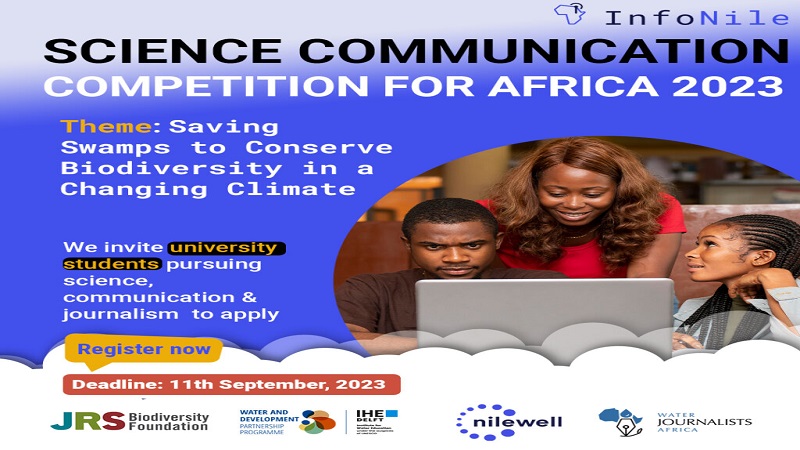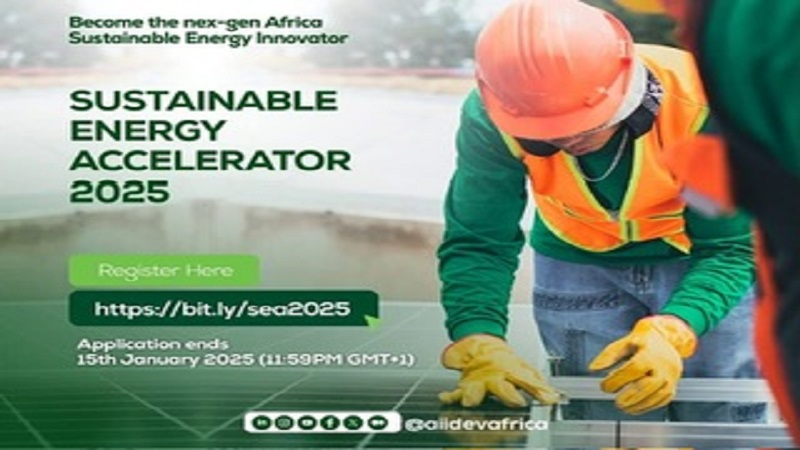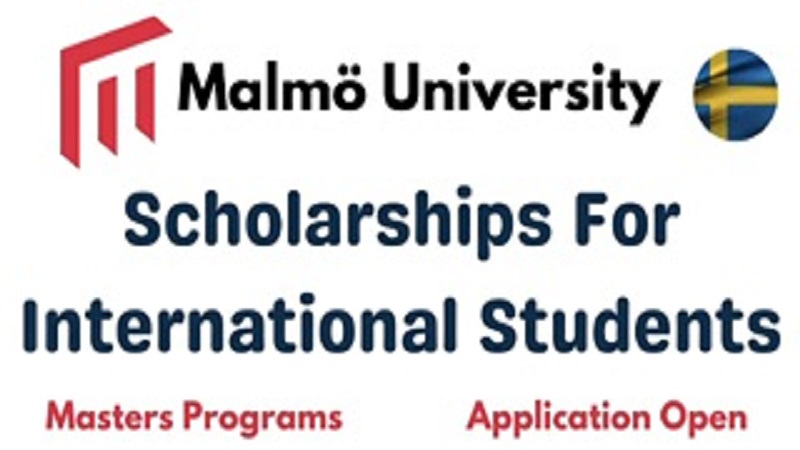Over 20+ New Jobs Daily

Opportunity Title: InfoNile University Science Communication Competition for Africa 2023
Introduction:
InfoNile, a geo-journalism platform and cross-border network of more than 800 environmental journalists and scientists in the Nile Basin, has organized a science communication competition that aims to engage university students in Africa to understand the critical role of conserving swamps and their biodiversity.
The competition aims to foster environmental awareness and empower young scientists and conservationists in Africa to take action for swamps. Participating students are encouraged to conduct in-depth research, critically analyze scientific information, and effectively communicate their findings to diverse audiences.
Why swamps?
Swamps are valuable ecosystems that provide a wide range of ecological services, including water filtration, flood regulation, carbon sequestration, and habitat for numerous plant and animal species. Due to human activities and the impacts of climate change, swamps are facing significant threats and are slowly getting depleted.
Threats to swamps
- Pollution from a variety of sources, including agricultural runoff, industrial waste, and sewage.
- Invasive species such as plants or animals that are not native to an area when introduced accidentally or intentionally wipe out species that originally belonged.
- By clearing trees for various reasons like agriculture, urban development among other factors has increased water depth and persistence in wetlands and even created new wetlands where none previously existed.
Importance of swamps
- Swamps play an important role in curbing climate change issues, biodiversity conservation and providing quality water to the population.
- They act as habitats for many different species of plants and animals, including fish, birds, reptiles, and amphibians.
- Swamps help to filter water by removing pollutants and sediments.
- They act as natural sponges, absorbing excess water during floods.
- Swamps help to slow down the flow of water, which helps to prevent erosion of riverbanks and shorelines.
- Swamps provide opportunities for recreation, such as fishing, boating, and hiking.
- They are also used for educational purposes, such as nature walks and field trips.
Objectives of the competition
To enhance university students’ knowledge and understanding of the significance of swamps in conserving biodiversity and mitigating climate change.
Competition Outputs
University students will employ various communication mechanisms to raise awareness about the importance of swamps and conserving biodiversity within.
This is through mechanisms like:
- Informative and visually appealing stories that explore the challenges faced by swamps, conservation, and the role of biodiversity in climate change resilience.
- Stories produced could be in the form of written articles and stories, photo stories, short videos, short podcasts and poems.
- Utilize social media platforms such as Facebook, Instagram, TikTok and Twitter to reach a wider audience in raising awareness.
Eligibility
A team of 2-3 university students, one from communication or Journalism and a science student will team up and produce a communication output of their choice according to the guidelines given above.
They will choose any scientific research article about swamps in their country and use it as a case study.
Judging Rubric:
Content and Accuracy (30%)
- Demonstrates a comprehensive understanding of the importance of swamps, biodiversity, and the impact of climate change on these ecosystems.
- Presents accurate and scientifically sound information, supported by reliable sources and evidence.
- Conveys a clear and compelling message about the need for swamp conservation and the significance of biodiversity in climate change resilience.
Clarity and Organization (20%)
- Presents information in a clear, concise, and engaging manner.
- Uses a logical structure with well-defined sections or chapters.
- Maintains a coherent flow of ideas and transitions smoothly between different topics or subtopics.
Creativity and Innovation (15%)
- Utilizes creative and innovative approaches to communicate scientific concepts.
- Demonstrates originality in the choice of communication methods and mediums.
- Engages the audience through compelling storytelling, visuals, or interactive elements.
Effectiveness of Communication (20%)
- Engages the target audience effectively and tailors the communication to their level of understanding.
- Employs appropriate language and terminology for the intended audience.
- Utilizes visual aids, multimedia, or other communication tools to enhance comprehension and engagement.
Impact and Engagement (15%)
- Successfully raises awareness about swamp conservation and biodiversity in a changing climate.
- Sparks interest, curiosity, and dialogue among the audience.
- Inspires action or behavior change related to swamp conservation.
Overall Presentation/Social media (10%)
- Demonstrates attention to detail and professional presentation skills for instance presentation on social media and proper taggings to ensure their outputs engagement/ reach are maximized.
- Final score will come from the social media platforms. Members of the public will be able to see all submissions and vote for their favourite. (shares, comments, likes) Participants will be required to create links and share with their campaign poster, with proper captions and garner reactions and engagement.
- Adherence to the competition guidelines, including time limits and format requirements.
- We shall also consider having multiple judges with diverse expertise to ensure a fair and comprehensive evaluation of the entries. To maintain transparency, provide feedback to the participants, highlighting their strengths and areas for improvement based on the rubric.
Awards
- Position 1- 125 USD +Branded InfoNile notebook, flask & t-shirt
- Position 2- 100 USD +Branded InfoNile notebook, flask & t-shirt
- Position 3- 85 USD +Branded InfoNile notebook, flask & t-shirt
- Position 4- Branded InfoNile notebook, flask & t-shirt
- Position 5- Branded InfoNile notebook, flask & t-shirt



